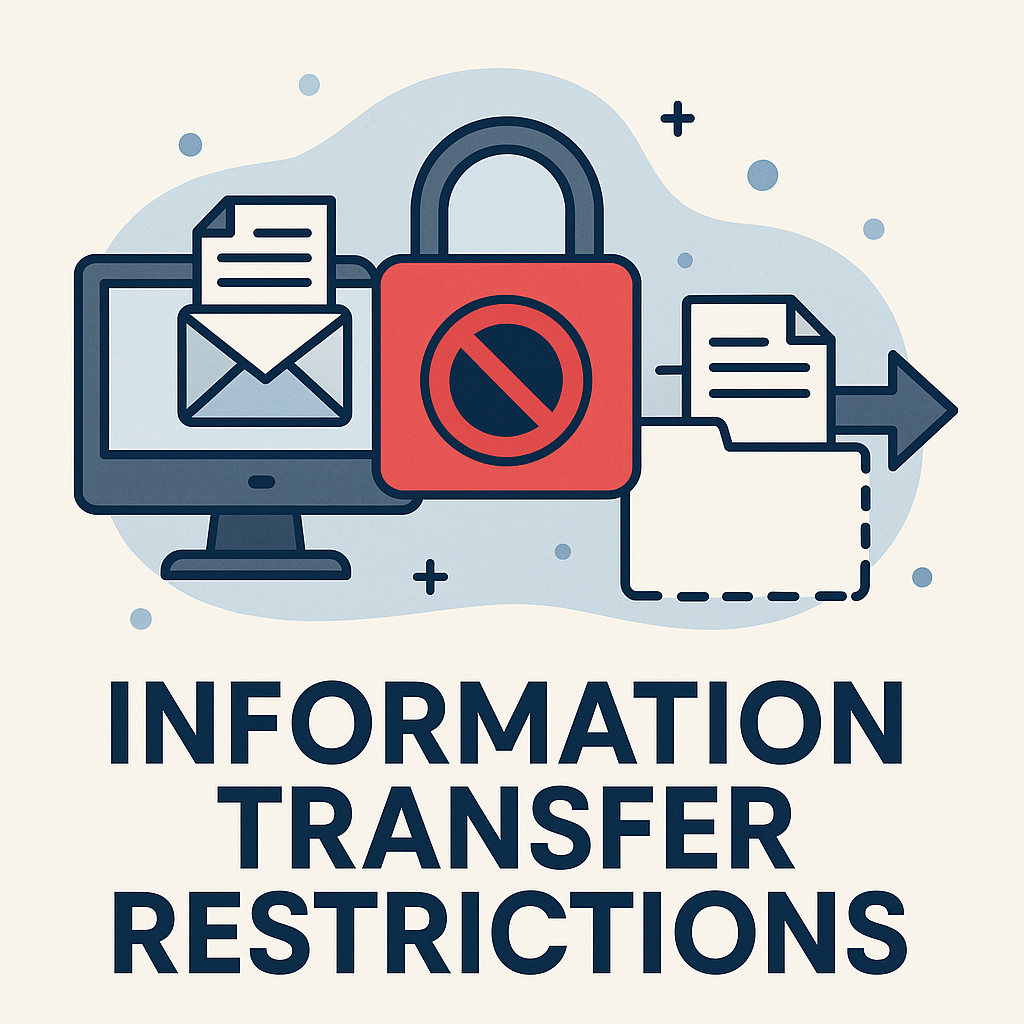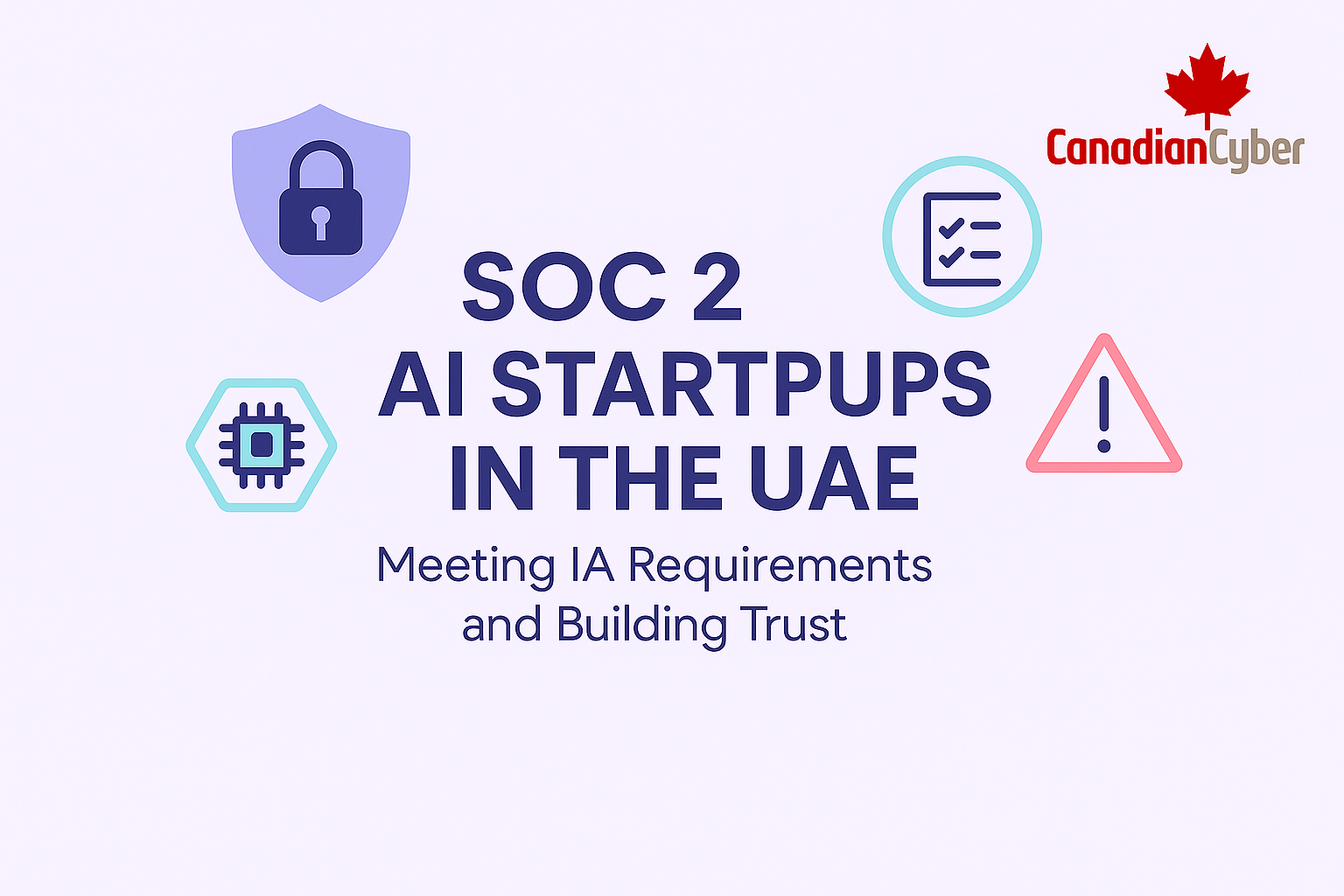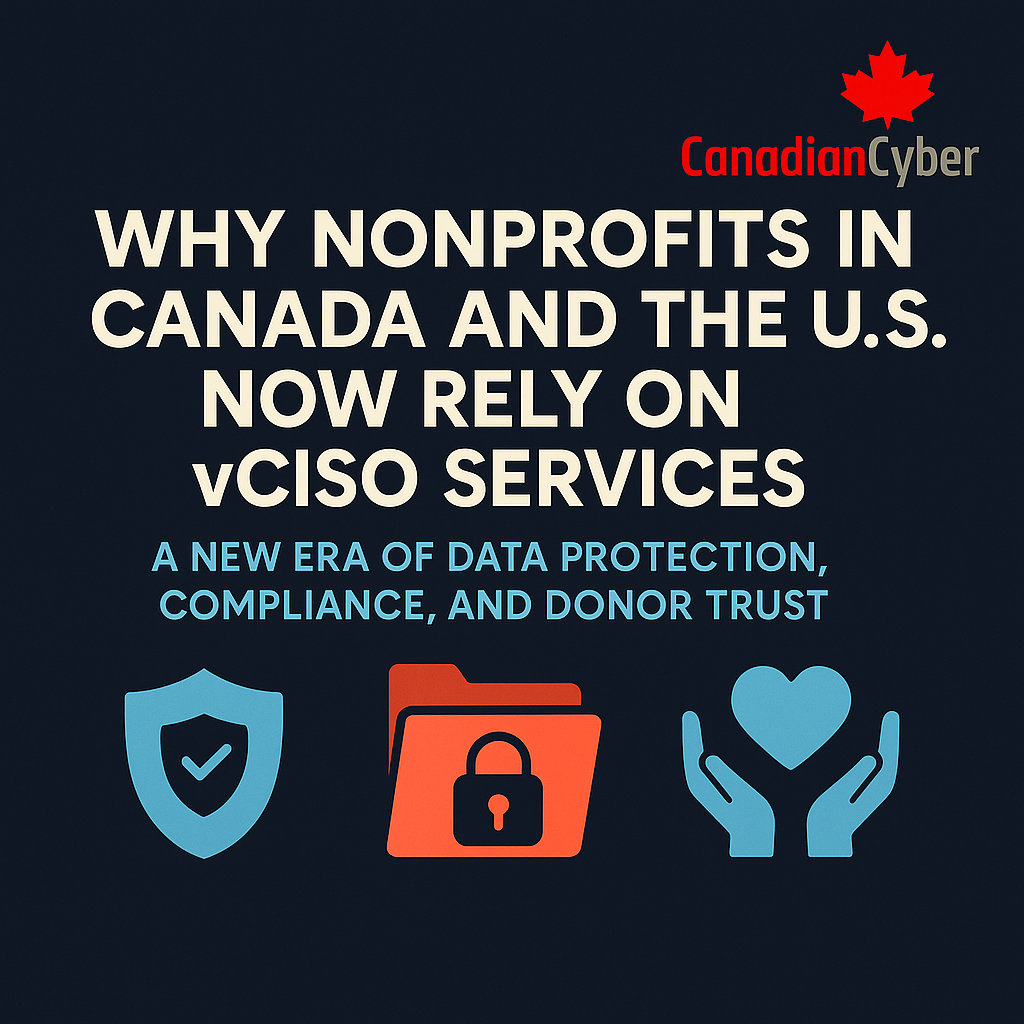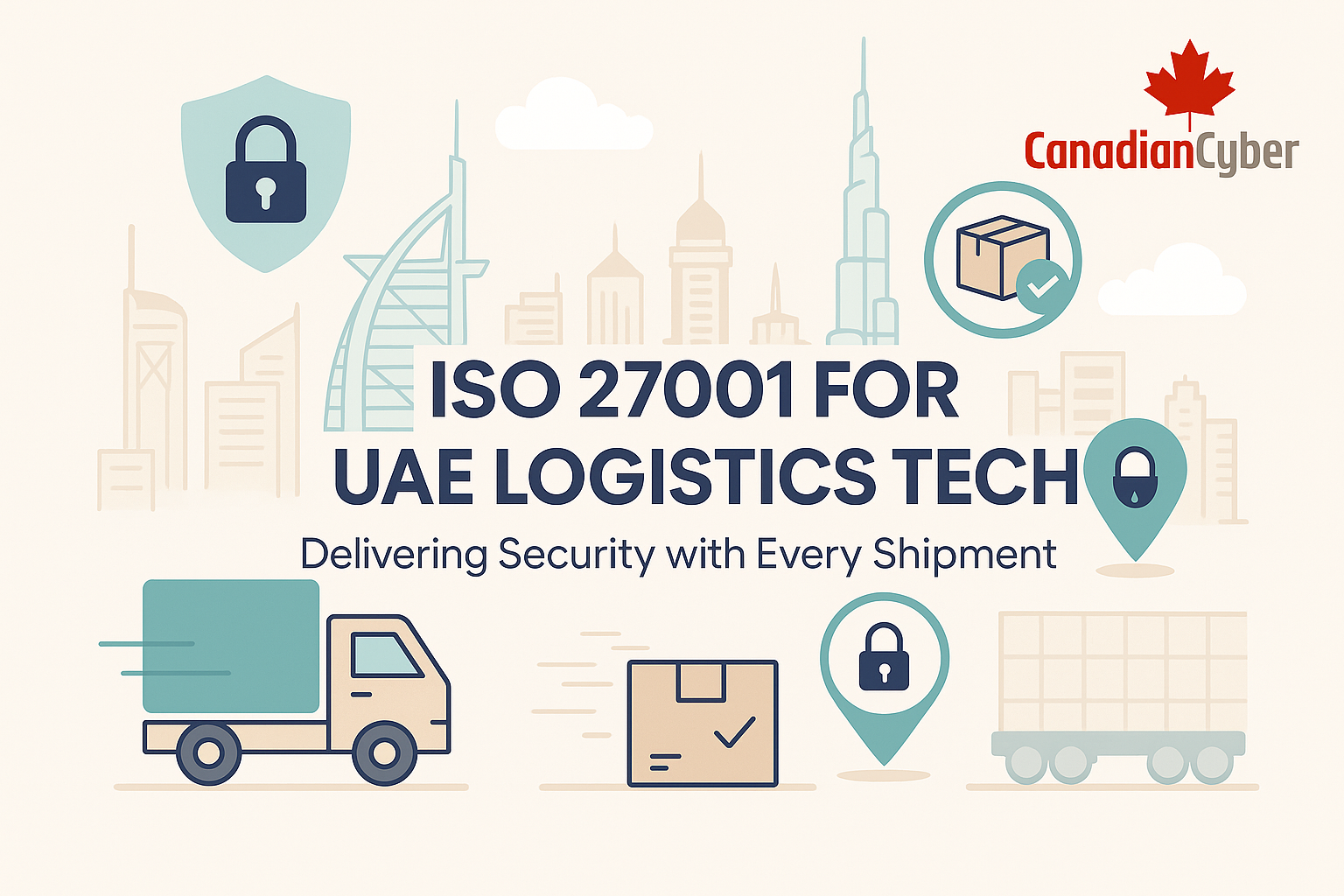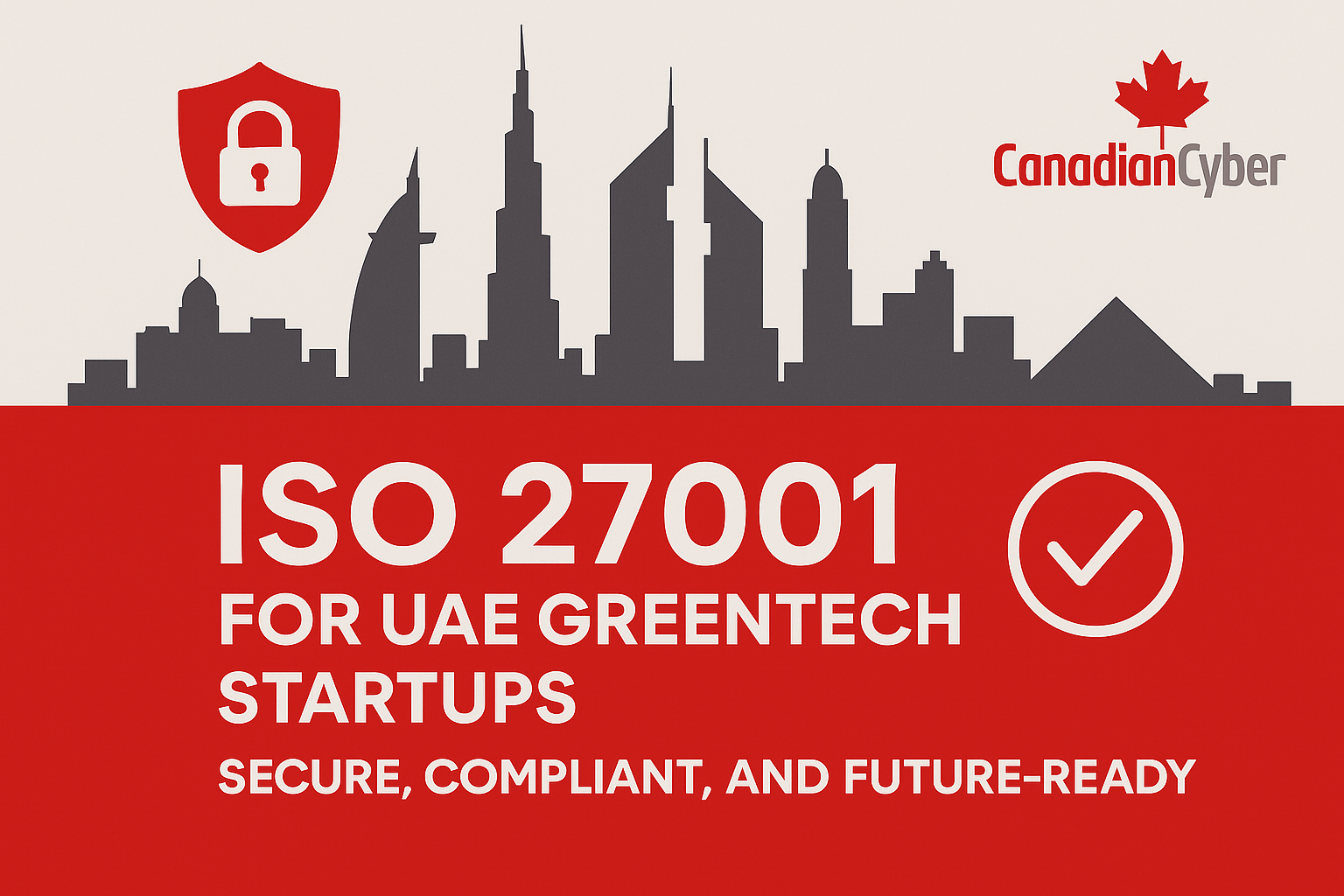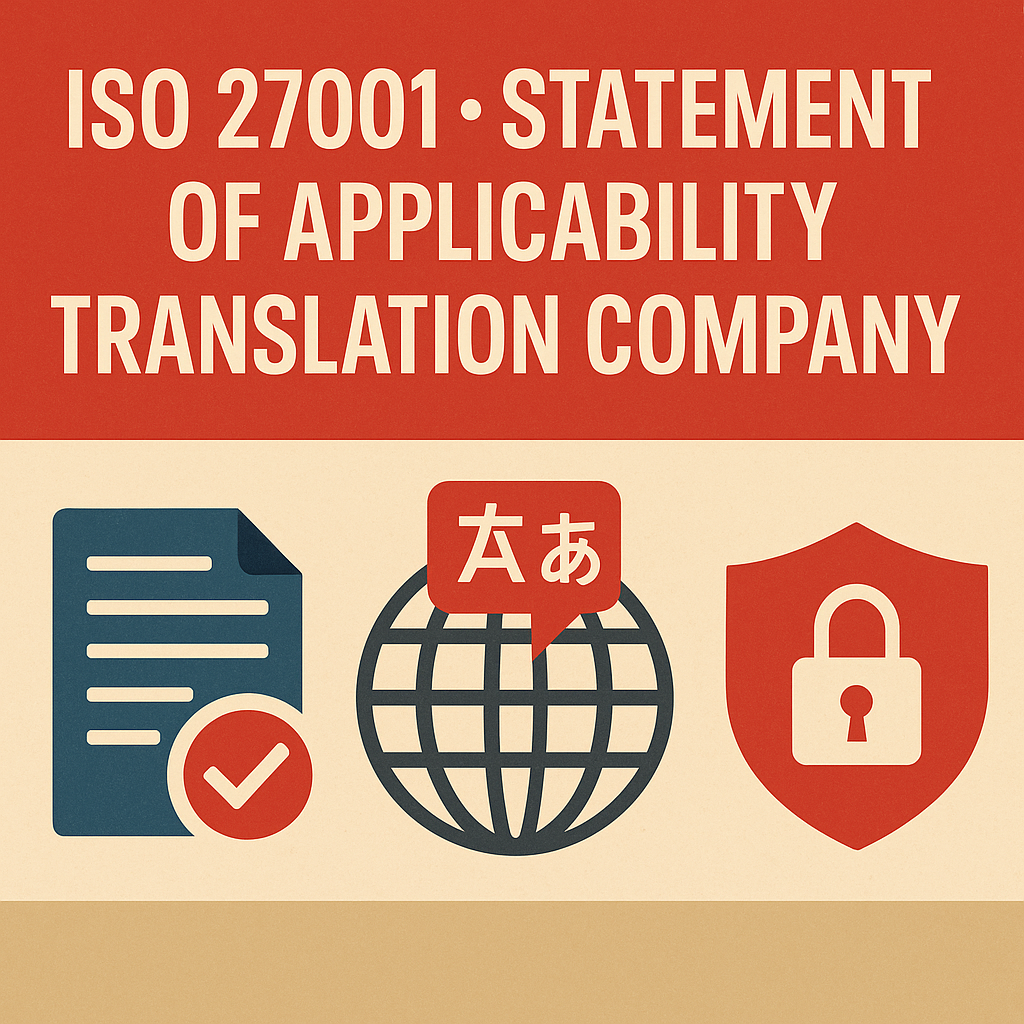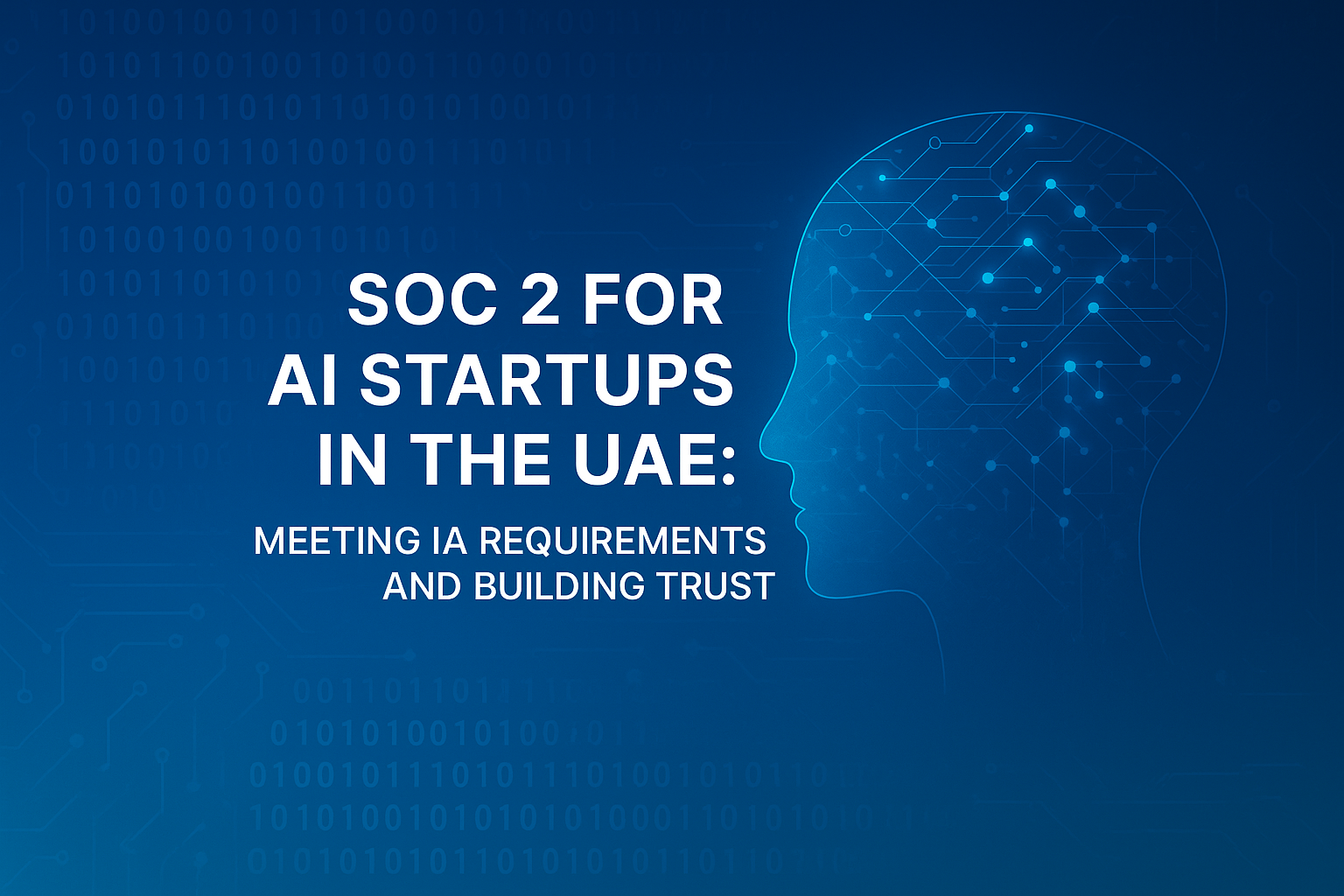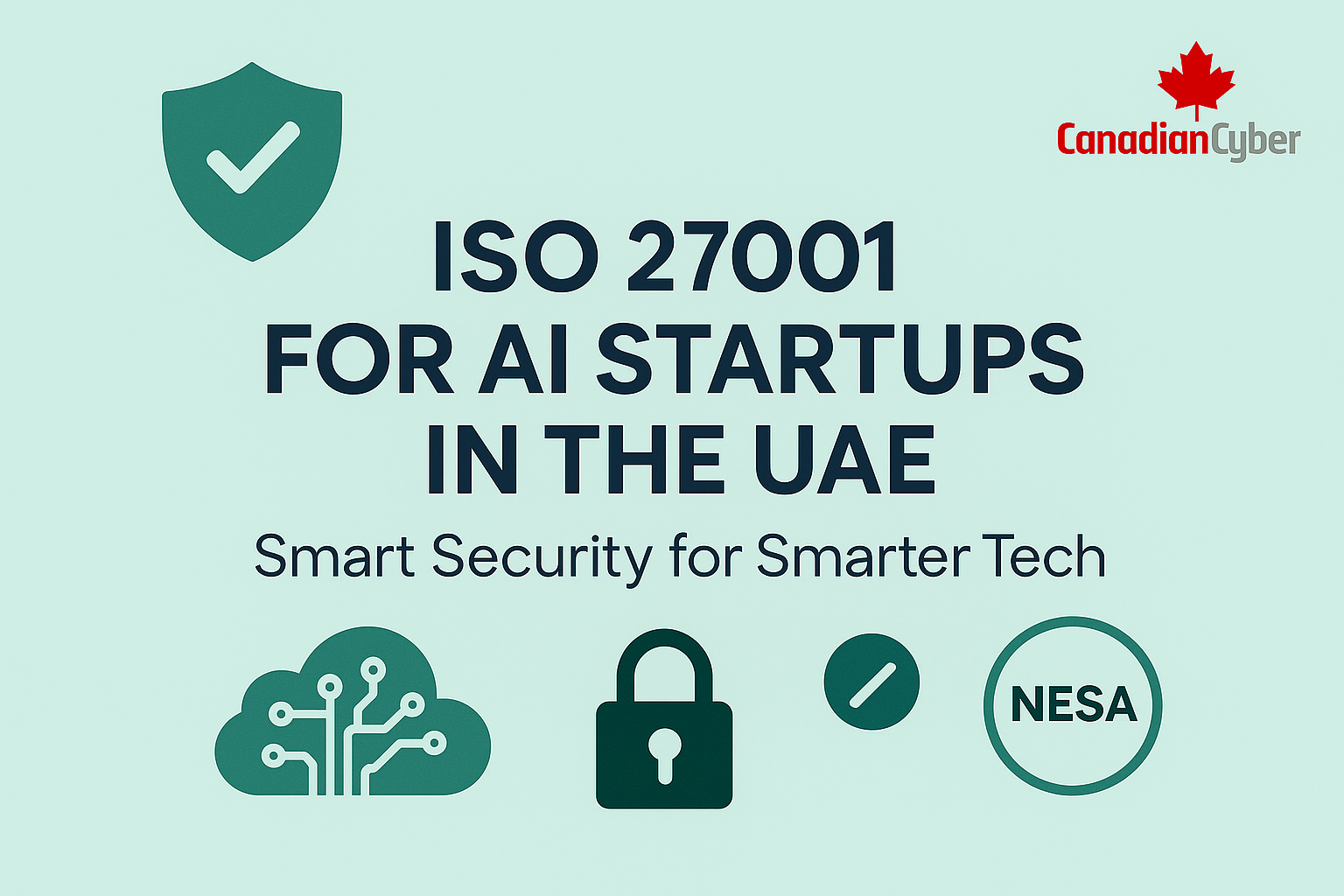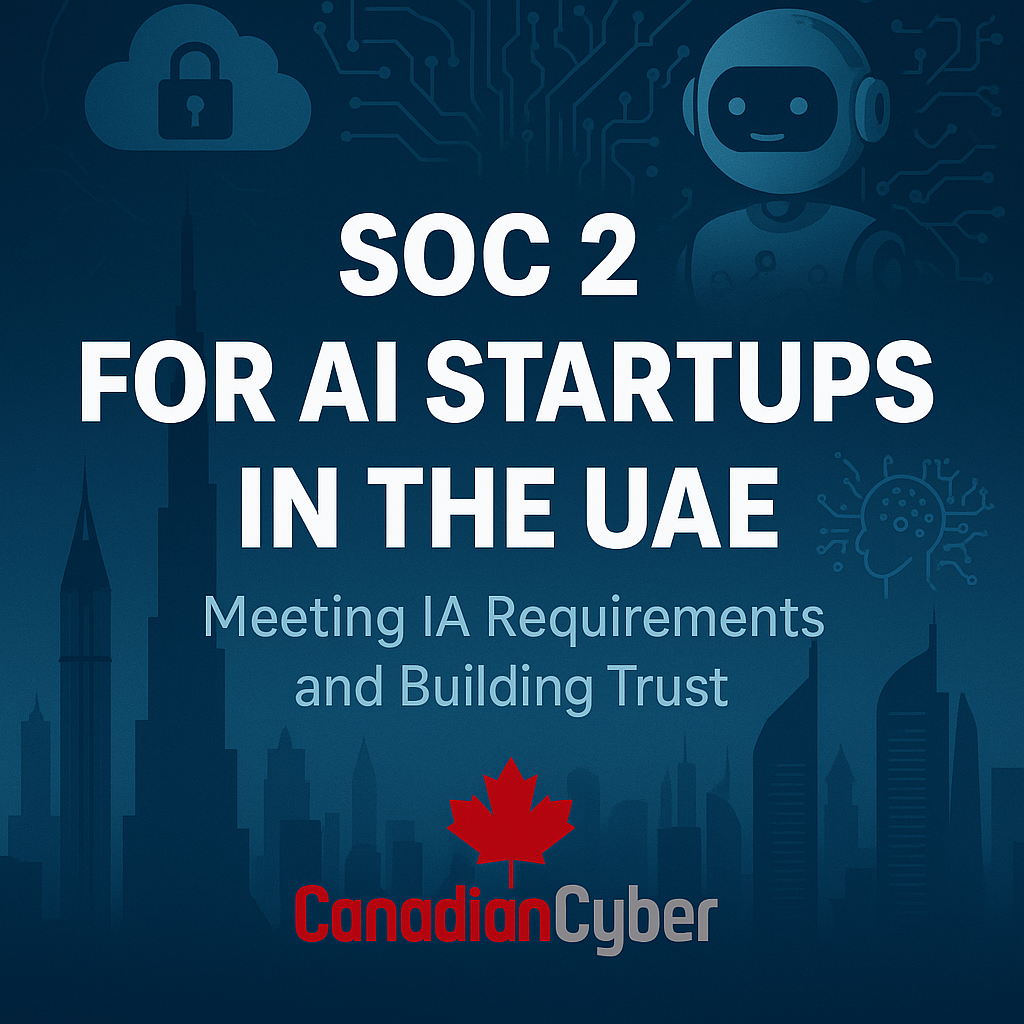Introduction
Every organization shares information daily reports, customer data, contracts, and emails. But not every transfer should be allowed.
ISO 27001 Control 5.52 Information Transfer Restrictions ensures that when data leaves your organization, it does so securely, intentionally, and with the right approvals.
Because once information is out, you can’t always get it back.
What This Control Is About
This control focuses on establishing policies and technical safeguards that limit the transfer of information especially sensitive or classified data outside of approved channels.
It’s not about stopping collaboration. It’s about ensuring only the right people, systems, and partners can exchange information and only in secure ways.
Why ISO 27001 Control 5.52 Matters
Unauthorized data transfer is one of the top causes of data leaks and compliance violations. Even small oversights like forwarding a document to the wrong person can cause major breaches.
ISO 27001 Control 5.52, from ISO/IEC 27002:2022 Section 5.52, is an Organizational and Technical control that’s preventive in nature. It supports Confidentiality, Integrity, and Compliance through the cybersecurity concepts of Protect and Restrict.
This control helps organizations:
- ✅ Prevent accidental or unauthorized sharing
- ✅ Enforce secure channels for data transfer
- ✅ Comply with privacy laws (GDPR, PIPEDA, CPPA)
- ✅ Define responsibility and traceability for all transfers
How to Apply This Control
Here’s how to make Information Transfer Restrictions work effectively in your organization:
1️⃣ Define Clear Transfer Policies
Create a policy that explains:
- What data can be shared externally
- Who can authorize transfers
- Which channels (email, SFTP, cloud) are approved
2️⃣ Implement Technical Restrictions
Use tools like Microsoft Purview DLP or Azure Information Protection to automatically block or encrypt sensitive data leaving your network.
3️⃣ Use Secure Transfer Methods
Ensure all data transfers are encrypted (e.g., TLS, VPN, SFTP). Block risky channels like personal email or public file-sharing platforms.
4️⃣ Track and Log All Transfers
Maintain audit logs of what data was shared, when, and with whom. This supports accountability and incident response.
5️⃣ Train Employees
Help users understand why certain transfers are restricted transparency builds compliance.
Common Pitfalls
- 🚫 Relying only on user awareness without technical enforcement
- 🚫 Allowing personal cloud or email accounts for business data
- 🚫 Ignoring third-party data exchange agreements
- 🚫 No monitoring of outbound data flows
Security should never rely on memory it should rely on mechanisms.
Canadian Cyber’s Take
At Canadian Cyber, we help organizations design and enforce information transfer controls that make data sharing both secure and efficient.
We integrate Data Loss Prevention (DLP), encryption policies, and transfer approval workflows within tools like Microsoft 365, Azure, and SharePoint ensuring sensitive data never leaves your environment unintentionally.
Our approach ensures:
- 🔹 Business collaboration stays smooth
- 🔹 Compliance with ISO 27001 and privacy standards is effortless
- 🔹 Data stays in the right hands every time
Takeaway
Information sharing is essential but uncontrolled sharing is dangerous.
ISO 27001 Control 5.52 Information Transfer Restrictions helps you protect what matters most by defining how information can safely cross your organizational boundaries.
Because in cybersecurity, it’s not about saying “no” to data sharing it’s about saying “yes, but securely.”
How Canadian Cyber Can Help
At Canadian Cyber, we provide:
Data Transfer and DLP Policy Implementation
Microsoft Purview and Azure Information Protection Setup
ISO 27001, 27017, and 27018 Compliance Consulting
Connect with Us:
📩 Contact us: info@canadiancyber.ca
Follow Canadian Cyber:



